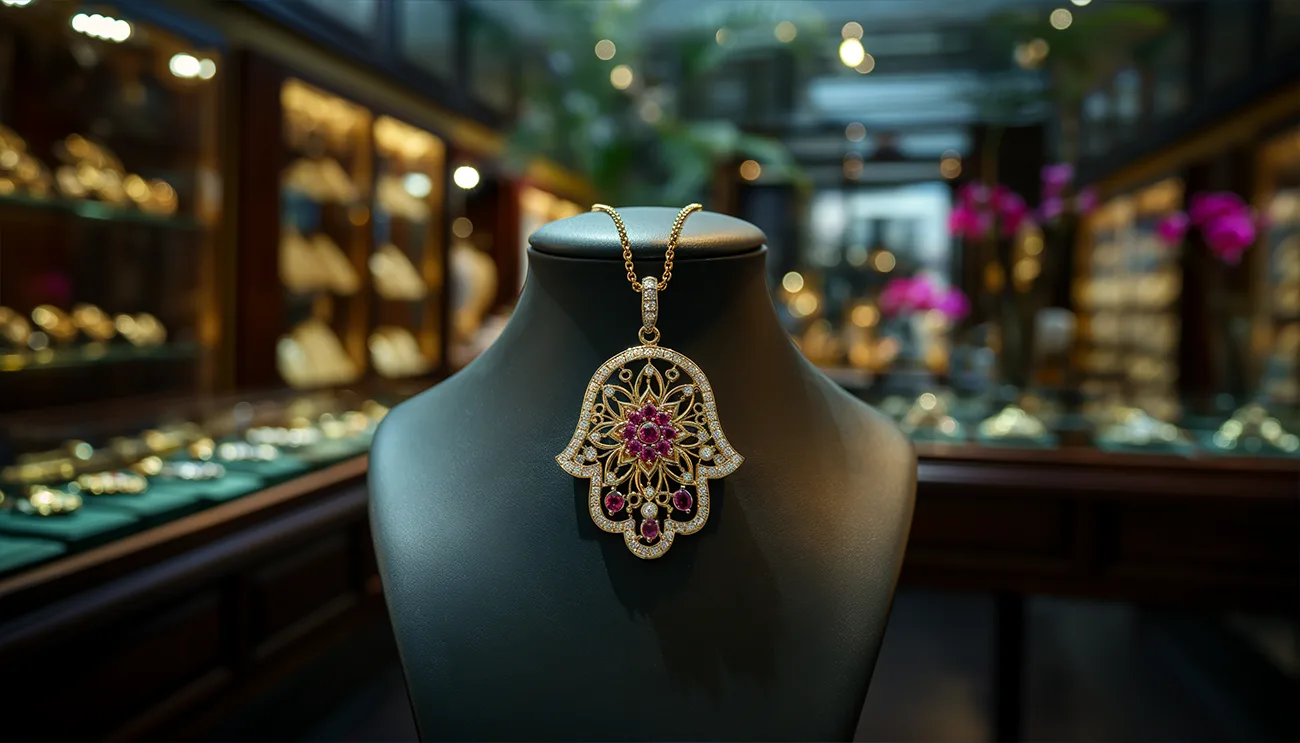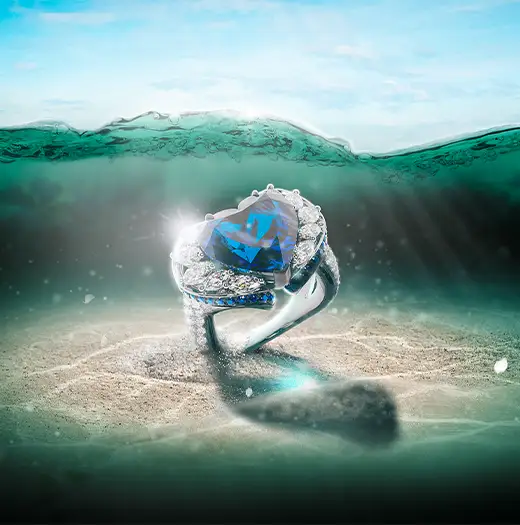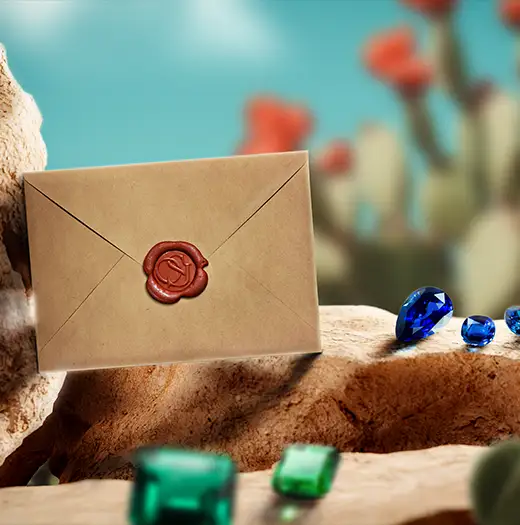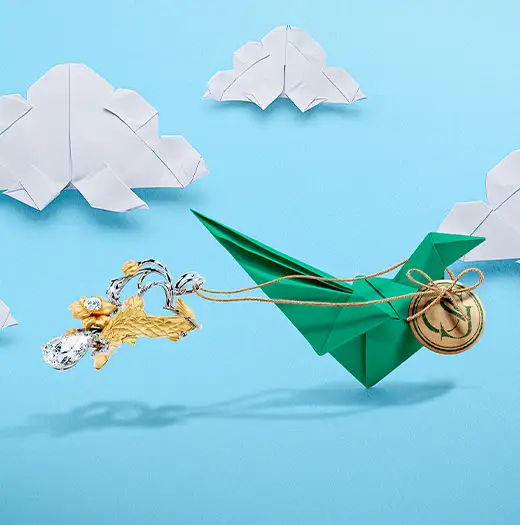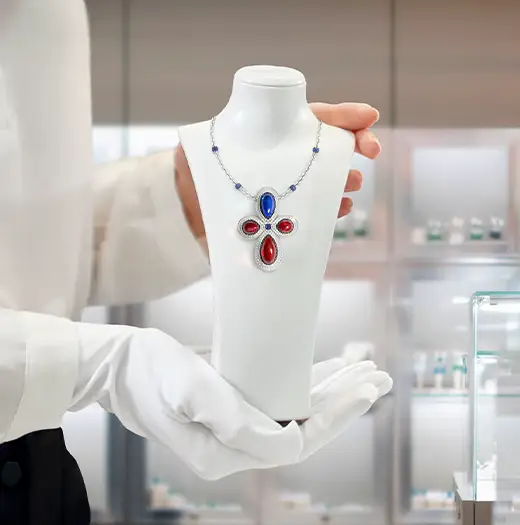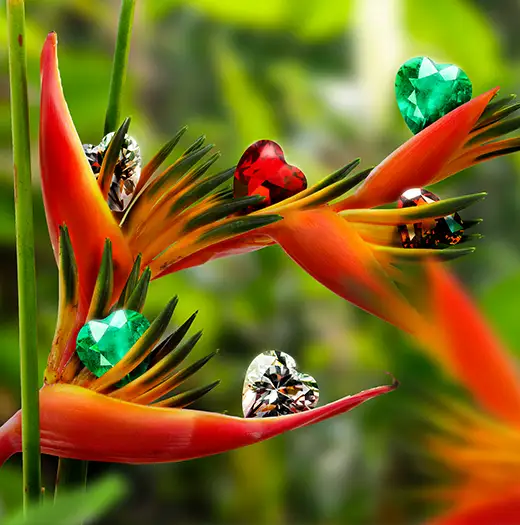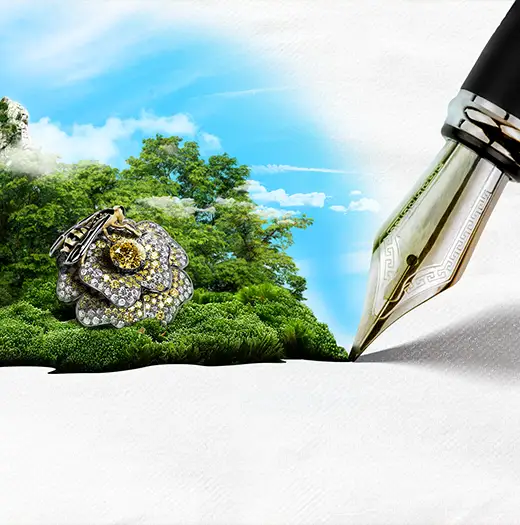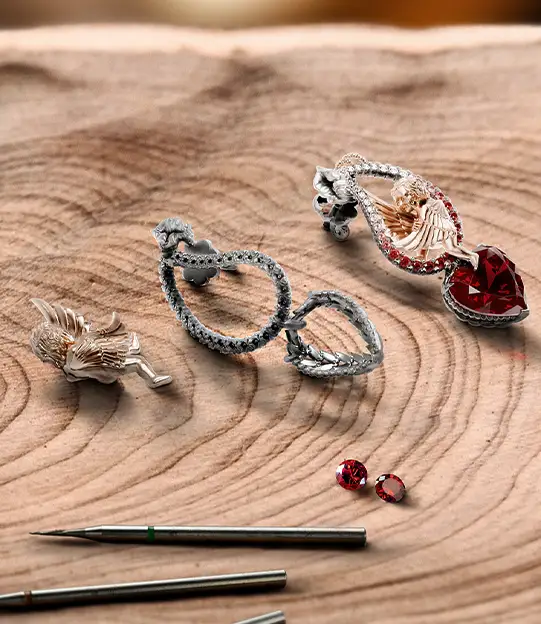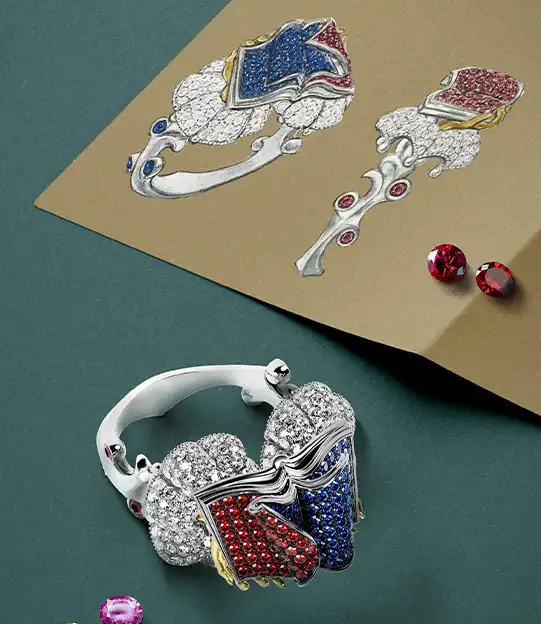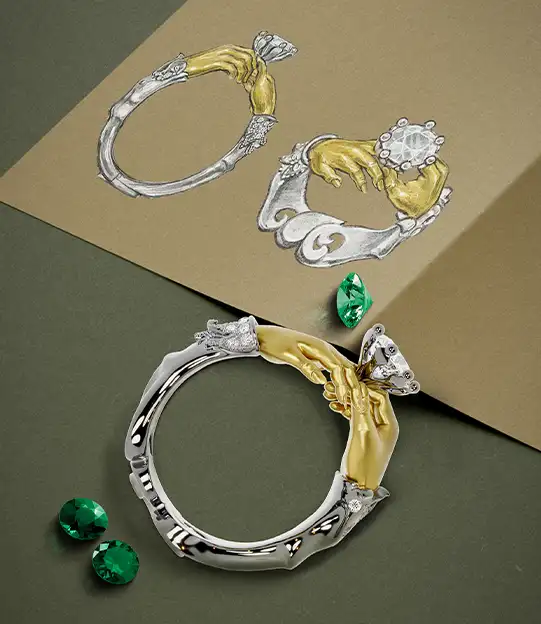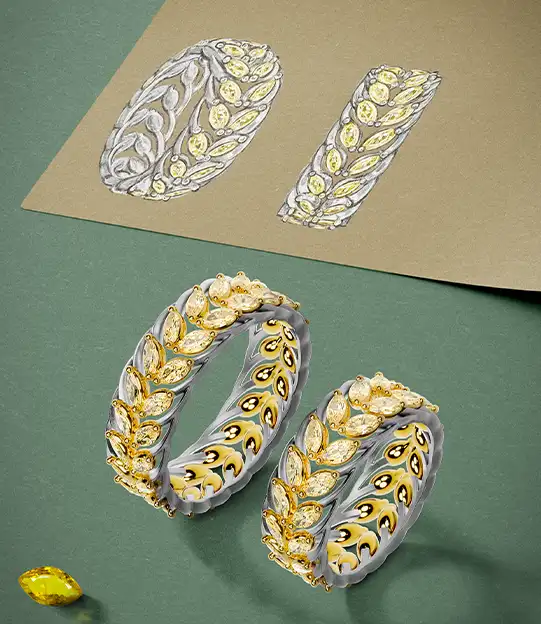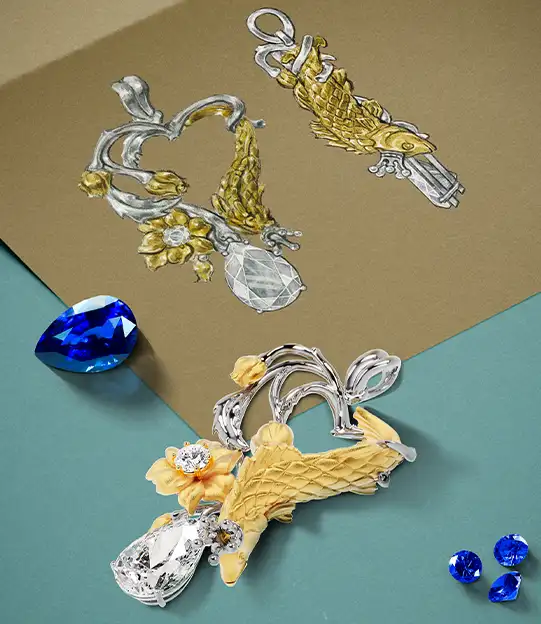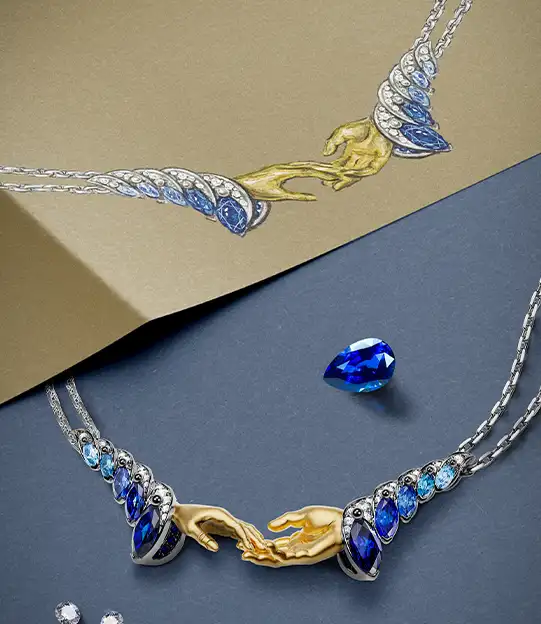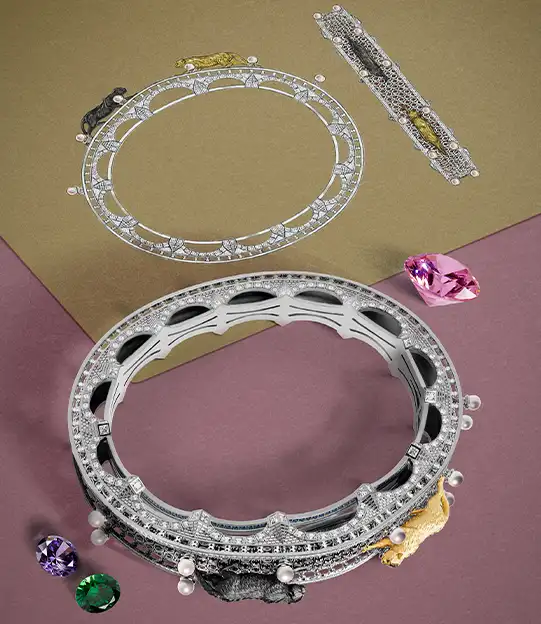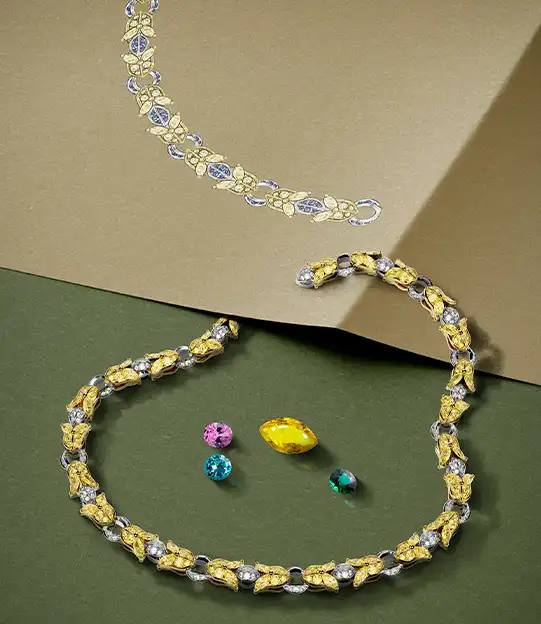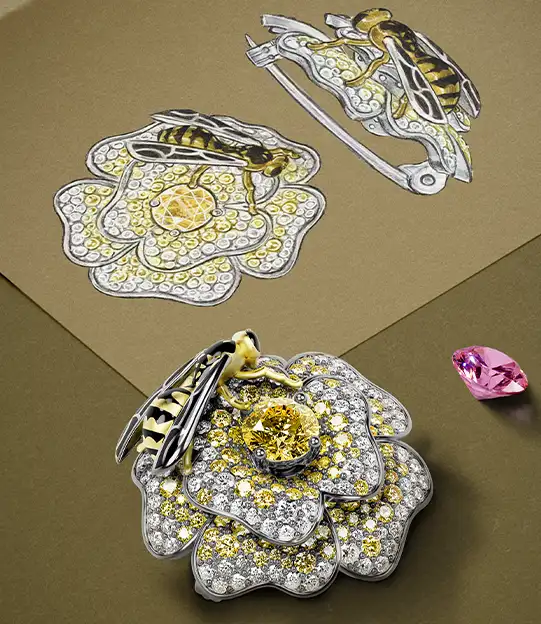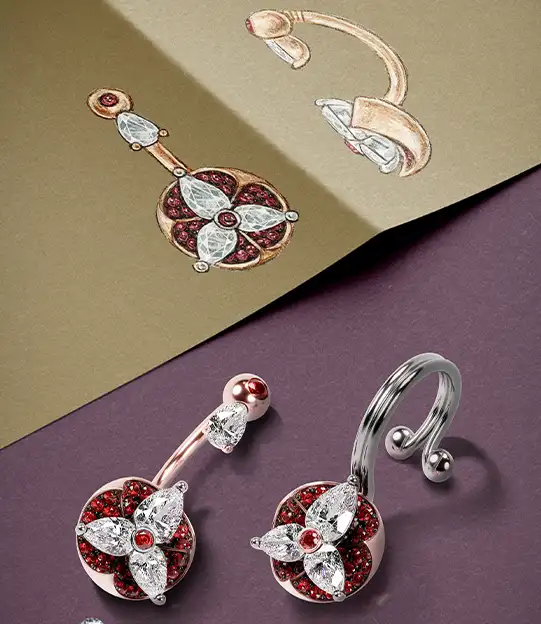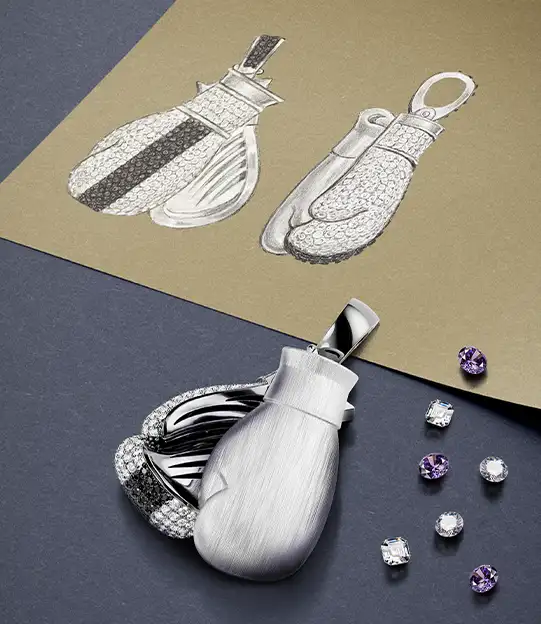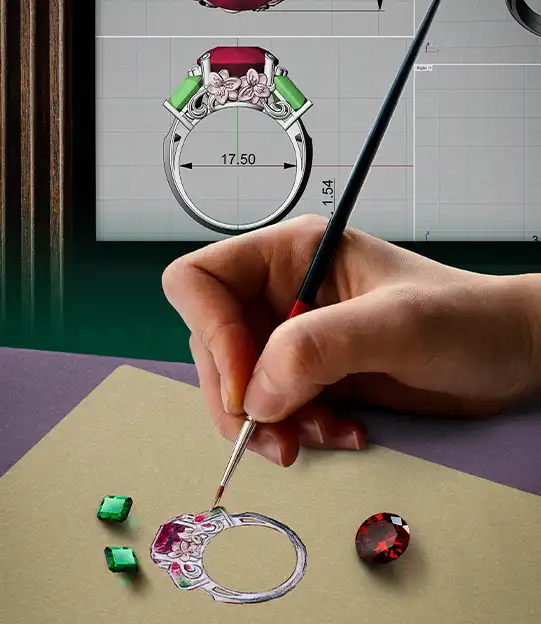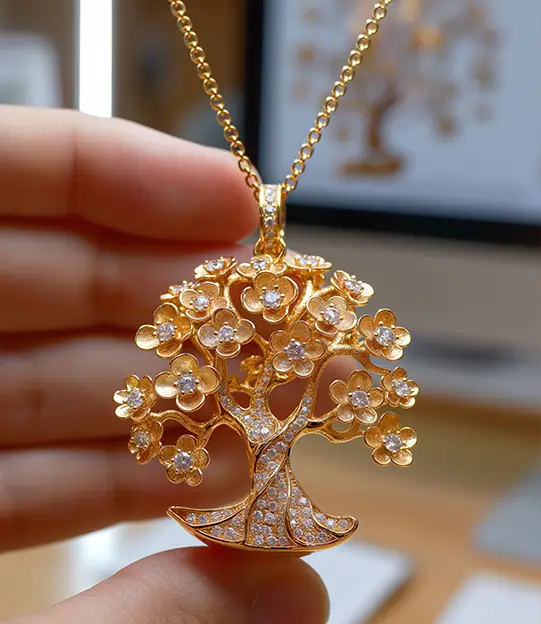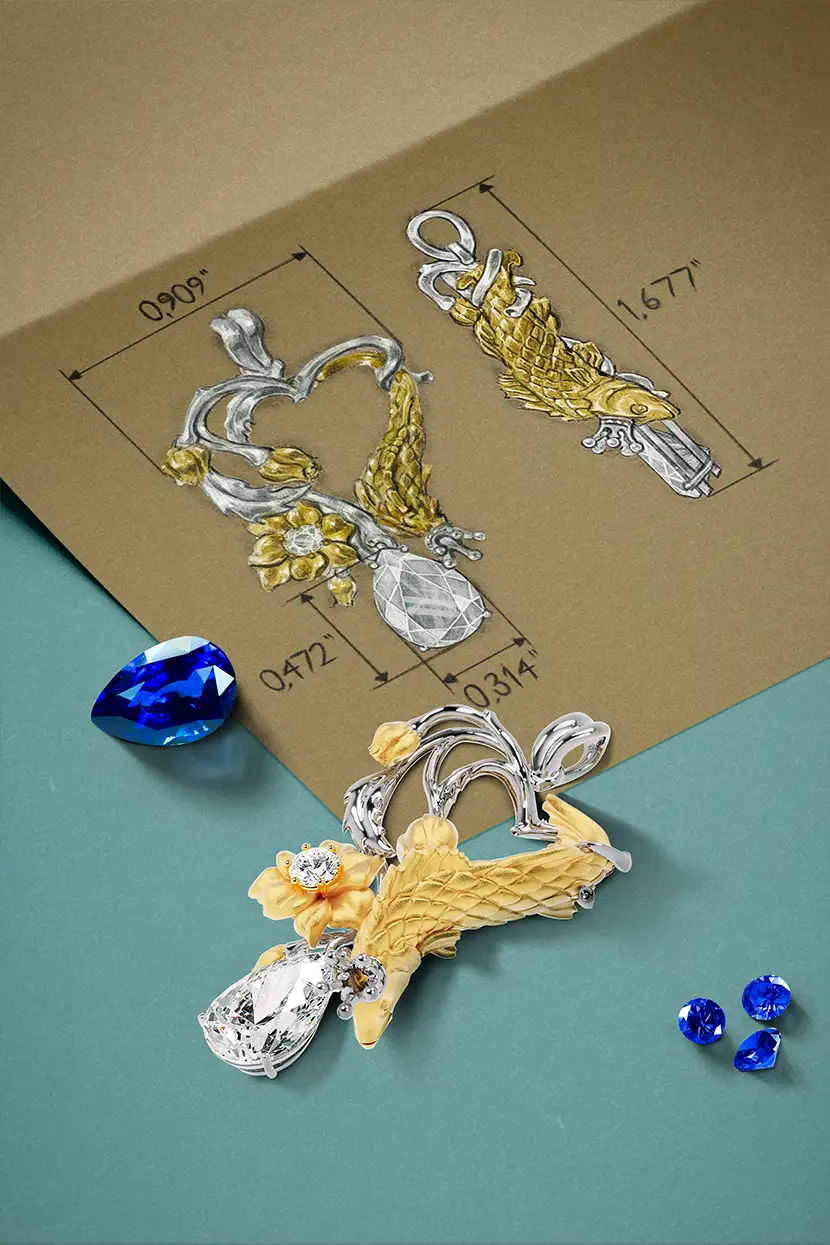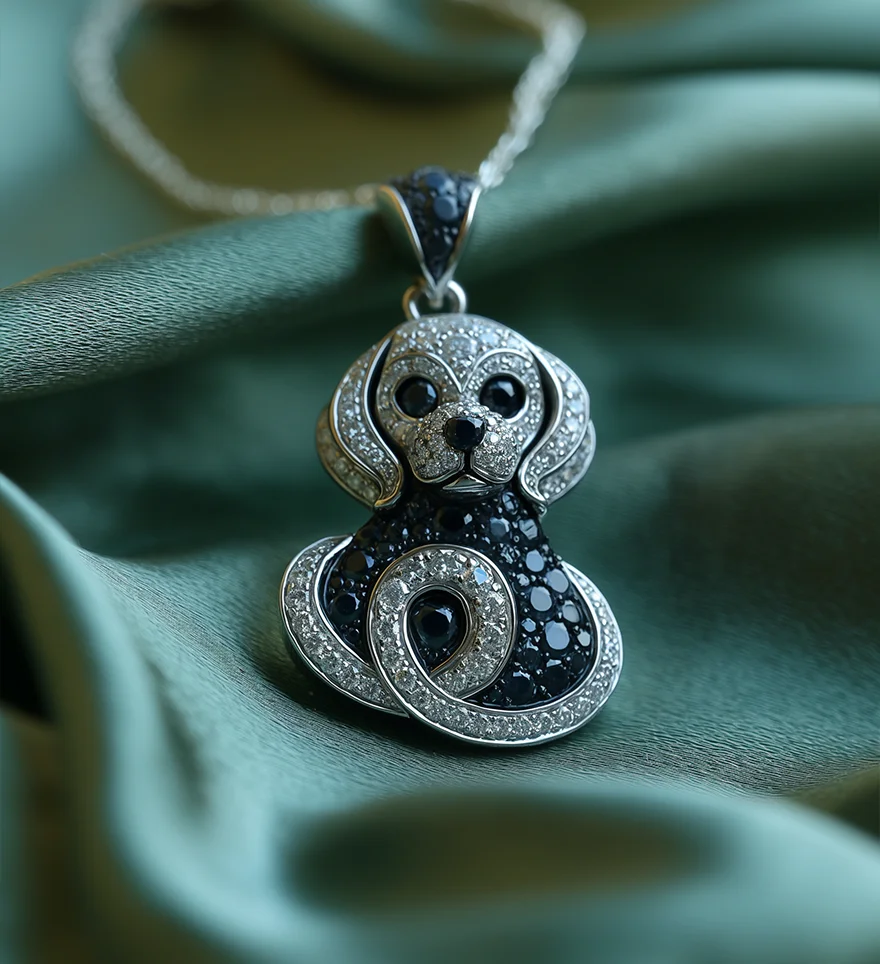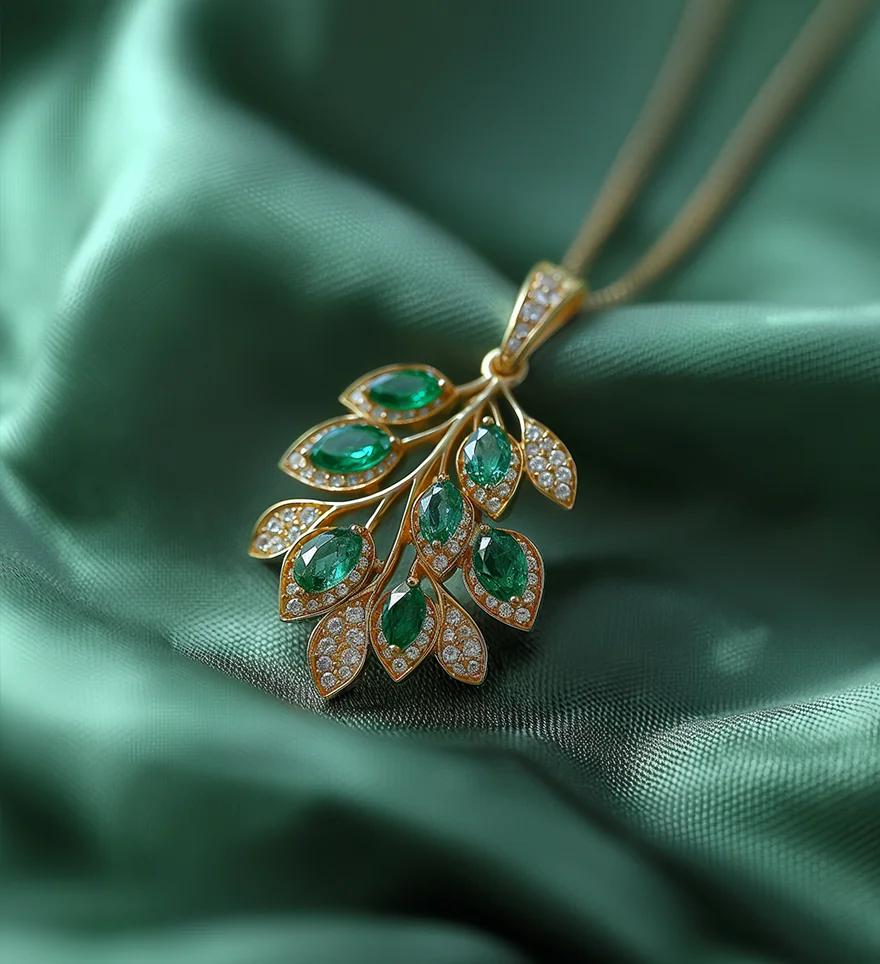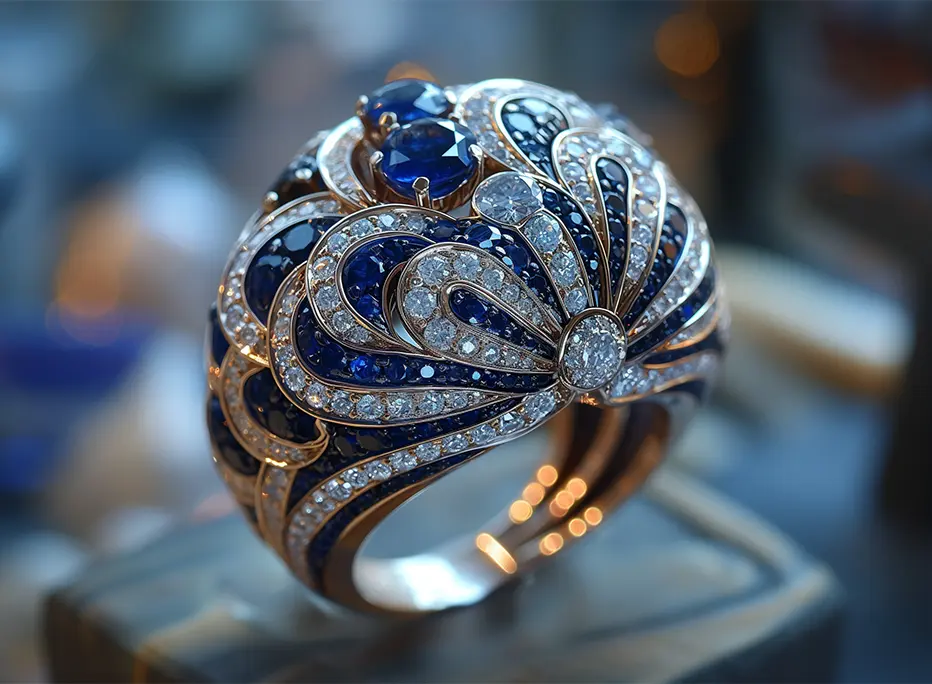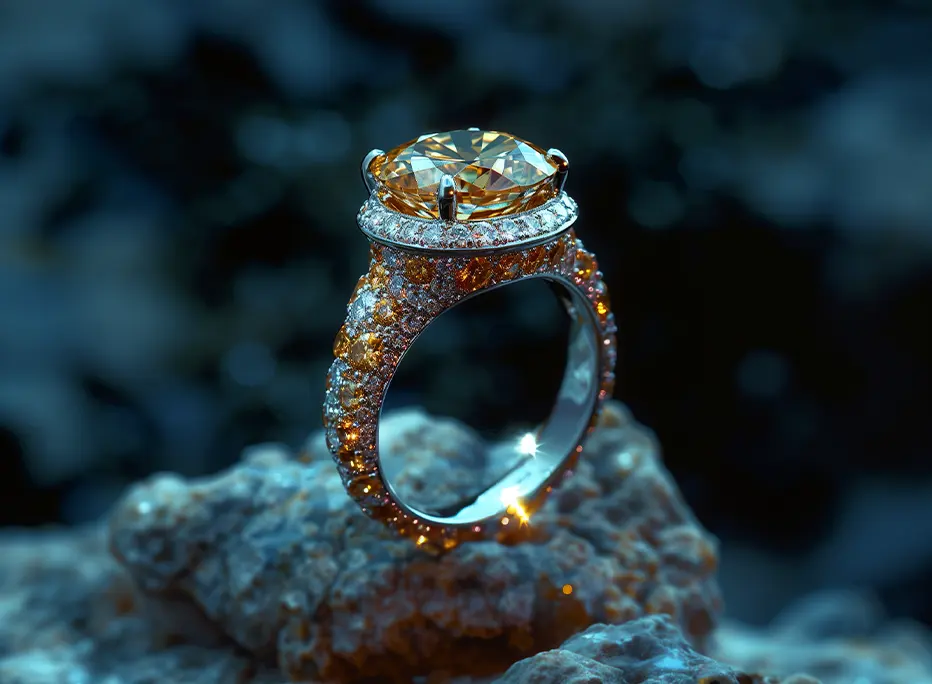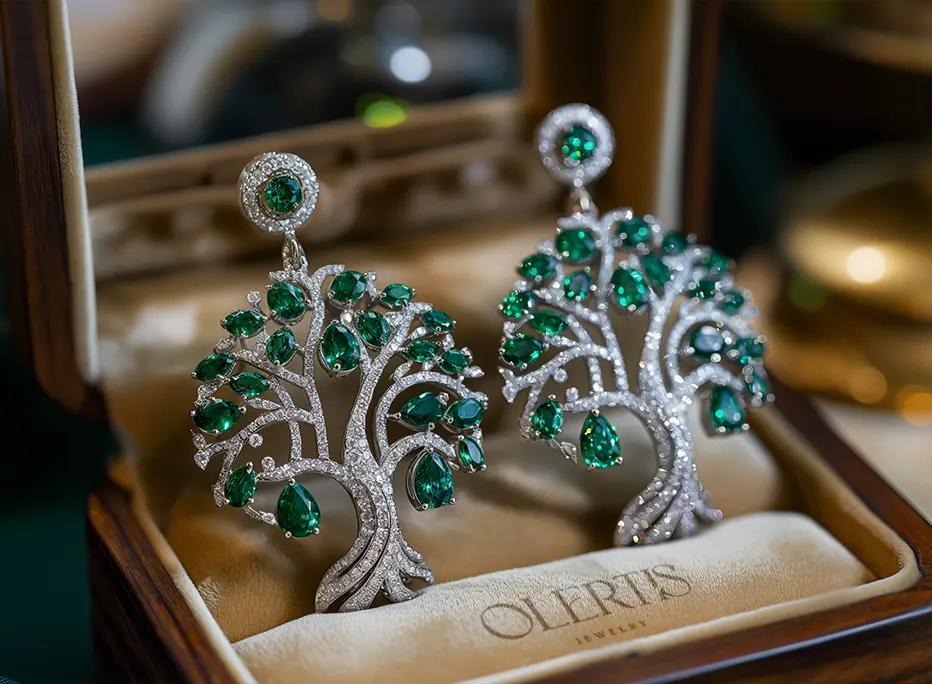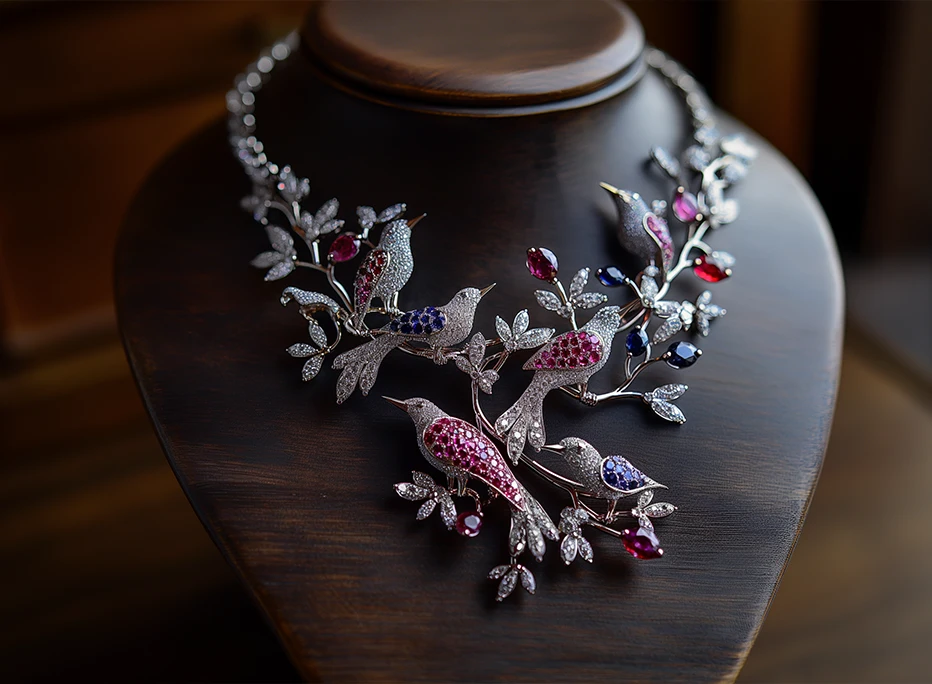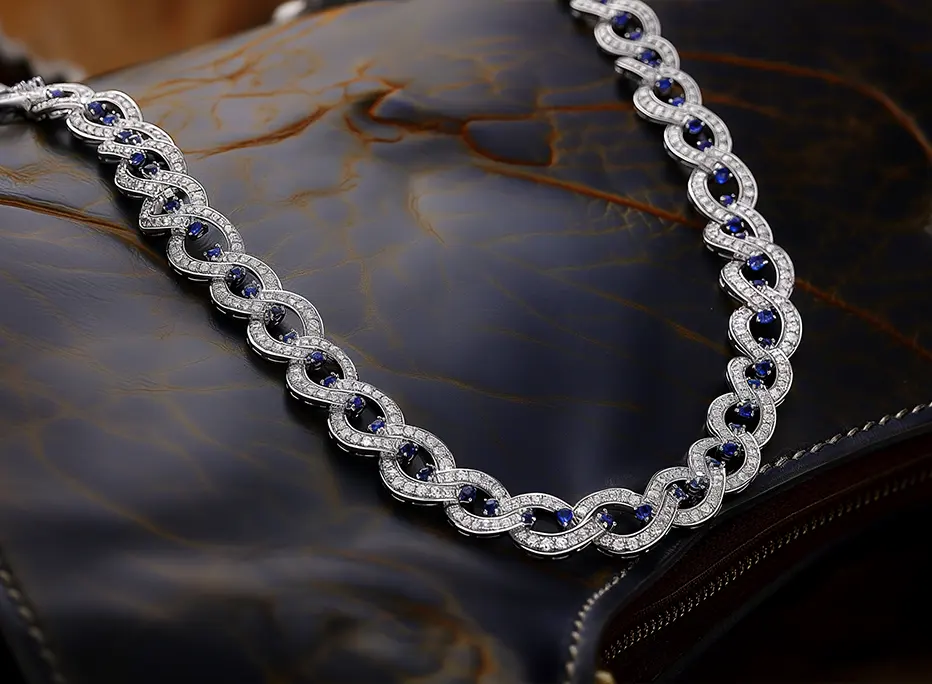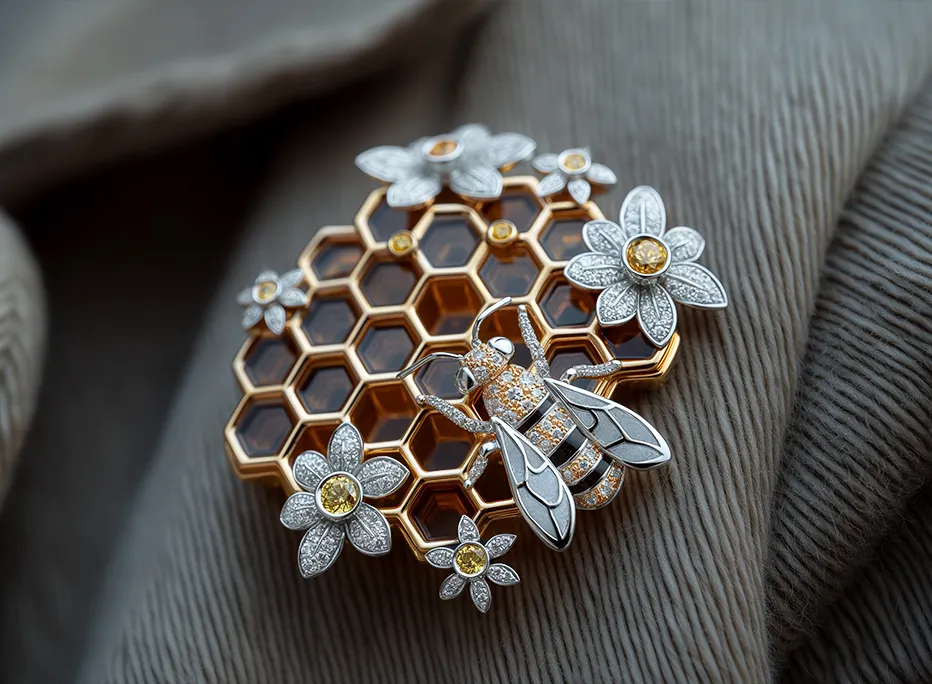Historically, pendants have been one of the most ancient ornaments. The first archaeological evidence of suspended jewelry dates back to 25,000 years ago. Back then, early humans used to adorn themselves with protective charms made from bones, shells, stones, and pottery. Almost all ancient civilizations had some form of a pendant.
From Egyptians and Mesopotamia to the Indus Valley and indigenous Africa – each culture seemed to have its own take on this jewelry. Among the most famous Egyptian finds are pendants shaped like scarab beetles, sacred snakes, falcons, Ankh (the key of life), and Horus eye. Mesopotamian heritage included cuneiform pendants, eagle-themed Faravahar pieces, and jewelry honoring the Sun God. Interestingly, pendants were much more popular in the ancient Roman Empire than in Greece. The most common pendant designs in the former were lions, satyr heads, golden coins, cameos, and intaglios.
While ancient civilizations used pendants for their mystic powers, the medieval nobility wore them as a sign of faith or social status. Some of the most treasured possessions of that time were pendants that contained a piece of wood from the actual cross where Jesus Christ was crucified. This led to a number of fraud cases when jewelers tried to pass off pieces with regular wood for the ones containing parts of the True Cross. Apart from biblically-themed items, the noblemen would wear heraldic symbols to signify their high status and lineage. On the whole, medieval pendants were quite ornate and valuable.
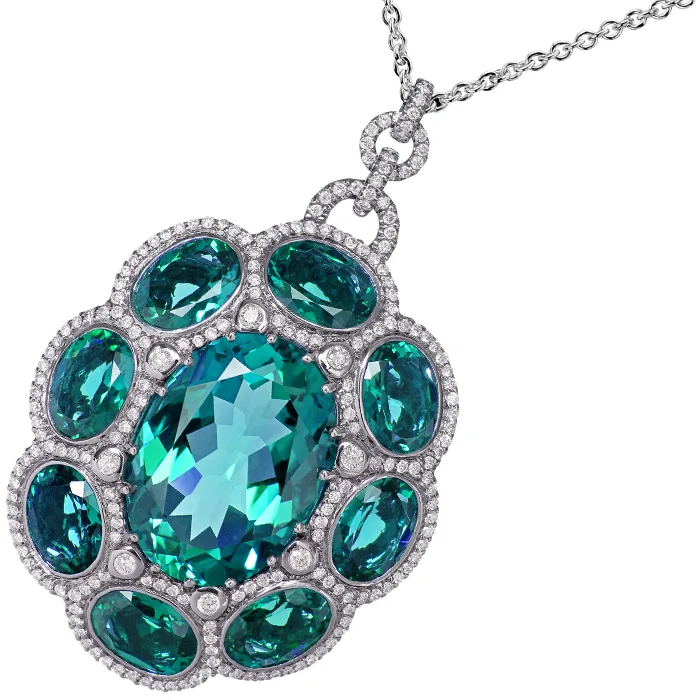
The Renaissance and Baroque periods were marked by the diversity of styles and designs. It was then that jewelry was freed from heavy religious motifs and returned to its original purpose – creating beauty. These pendants are known for the predominance of mythological, animalistic, and floral motifs as well as some intricate and opulent styles. The jewelry of the Victorian era was largely sentimental. It featured a lot of romantic symbols such as a crescent moon, keys to one’s heart, or a bow and arrow representing Cupid. It was common to see a woman sporting an exquisite pendant with commemorative engravements or a locket with an enameled portrait of a loved one.
The dawn of the industrial era and mass-produced jewelry has made custom pendants widely accessible. Today, they’re no longer seen as something only reserved for nobility or even royalty. However, as often happens with large markets, the products stop having a sense of personal touch. We strongly believe in getting it back with our personalized products. With a custom jewelry pendant, you can create your own unique piece that would carry the meaning and symbolism that you assign to it. Furthermore, you can incorporate some practical items within your pendant, for example, a whistle, a tiny ocarina, a USB flash drive, a compass, a sand clock, or anything else you’d like. From charms and amulets such as the hamsa hand, Buddha, Om symbol, and Turkish evil eye pieces to pendants featuring symbols of popular books and movie franchises such as Time Turner, Deathly Hallows, and Snitch from Harry Potter, we’re here for you to bring the piece of your dreams to life.
